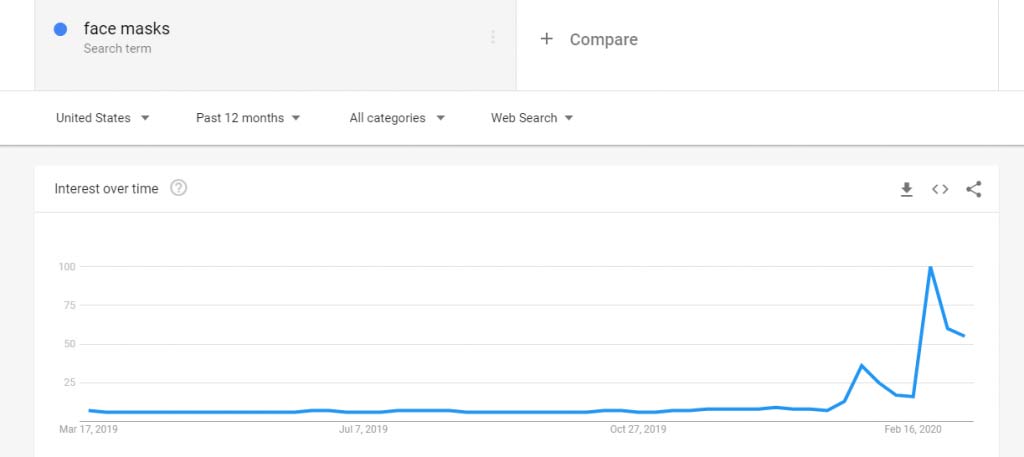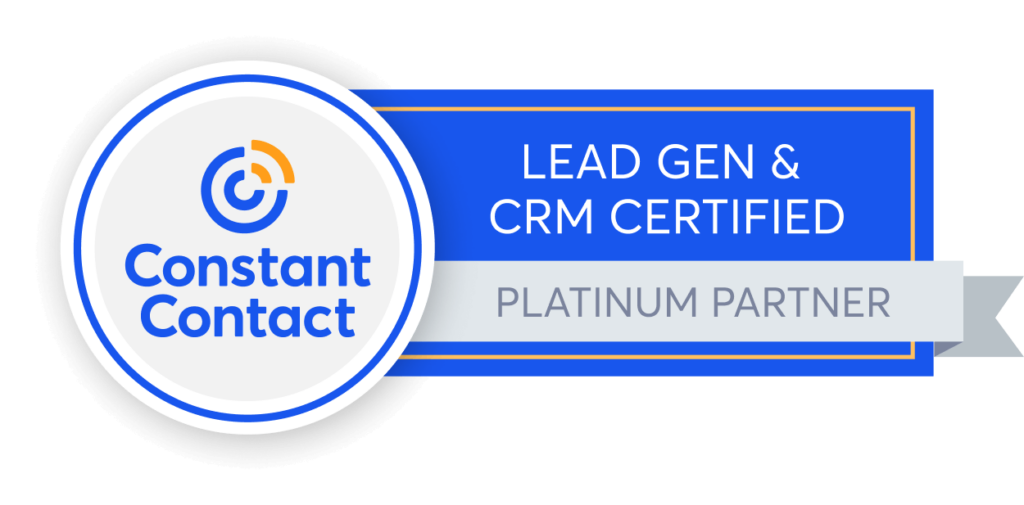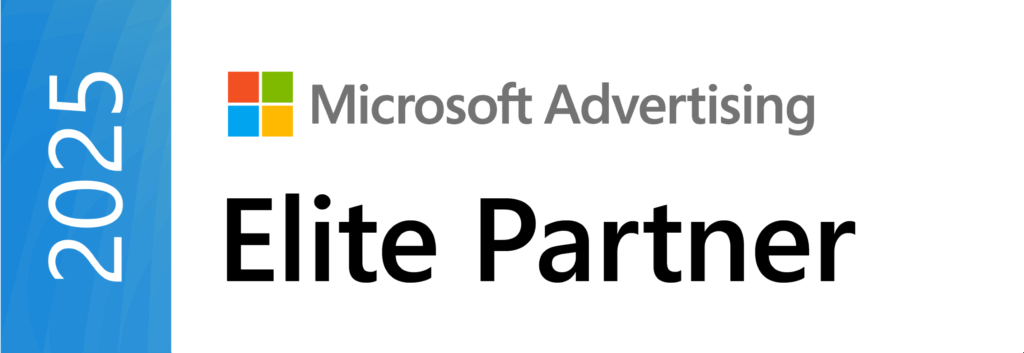Subheading
If you’re considering the pivot from face-to-face events to webinars, you’re not alone. In the era of social distancing webinars are an obvious choice for facilitating interactions between customers, prospects and suppliers.
On this page:

Here are our top 10 tips for running a webinar from home– and 2 alternatives to consider.
- A webinar is not a hard sales pitch. People have given up their time to learn something not to hear your sales spiel. Use case studies, ask a customer to join you remotely for a Q and A, share your expertise. Think of it as an opportunity to position yourself as a thought leader.
- Don’t give away too much! A webinar should open conversations, build trust and facilitate the next steps. There should be a clear call to action at the end of the that moves attendees down the sales funnel.
- Check WiFi speed – have you managed a general video call before at home on your laptop that was relatively smooth? Test video quality from room to room and find where the strongest signal is.
- Sound quality is even more critical than video. If possible, use a microphone. If you don’t have one, sit as close to your laptop microphone as possible. Make sure you are in a quiet, calm environment. If possible having children, noisy housemates or pets around as they will distract you and your attendees.
- Always have a practice run! Ask someone to dial into the practise webinar listen in to check quality. Plan it for the same time of day as the live webinar for the most accurate test. If you have no one to help, simply record your test run and make sure you are happy with the sound when you listen back.
- Familiarise yourself with your webinar software (we like Zoom and GoToWebinar). Make sure you know how to mute yourself, start the webinar, end the webinar and take questions (and practice these steps!).
- Prepare questions. You probably have a good idea of what kind of questions your customers tend to ask so have a couple prepared in case your attendees are reluctant to ask their own.
- Avoid using long videos in your webinar. They often result in a mixed experience for attendees, who have signed up to hear and interact with people not watch videos (which you can always send out after the webinar)
- Don’t panic if something goes wrong. Stay calm, keep the audience informed and mute yourself for a few seconds to compose yourself if you need to.
- Follow up. Always email your attendees to thank them for their time and post the recording on online (the content isn’t sensitive). Not only does this allow your attendees to re-watch or share their with colleagues, it also is a useful resource for future prospects. (You can also listen back to the webinar yourself and make notes of any improvements you might want to make for future webinars.
Not sure if webinars are right for you? If you’re not comfortable running a webinar, or if you’re (rightly) worried your customers are being bombarded with them right now, here are two alternatives:
- Short instructional videos: consider creating some short, helpful videos on your product, service, or area of expertise. Use the same tips above on sound quality and practice. Keep them under a minute or so and amplify them through your social networks, inviting prospects and customers to follow you and signup to receive future content.
- Interviews: if you have a friendly customer or influencer willing to be interviewed, you can use the same software and principles above to record your conversation and provide that content to your prospects and customers. Again, amplify it throughout your networks and consider creating short teaser versions to repurpose for more content.
And of course, if you need any help defining your webinar strategy, want some coaching or hands on assistance, or just have some general questions on webinars, please get in touch.
On this page:
Subscribe
Everything B2B Marketers Should Know about LinkedIn Content Creators
How you can transform your C-suite and employees into LinkedIn Content Creators—and why it’s a good idea.
GEO Best Practice: Authority and Answers
Learn how to build authority and craft AI-ready answers with GEO (Generative Engine Optimization) — a must-know for B2B marketers.
Preparing for AIOs and Agentic Search: Top Tips for B2B Marketers
AI is changing the world fast and SEO is no exception. Here’s how to start preparing for AIOs and agentic search now.






